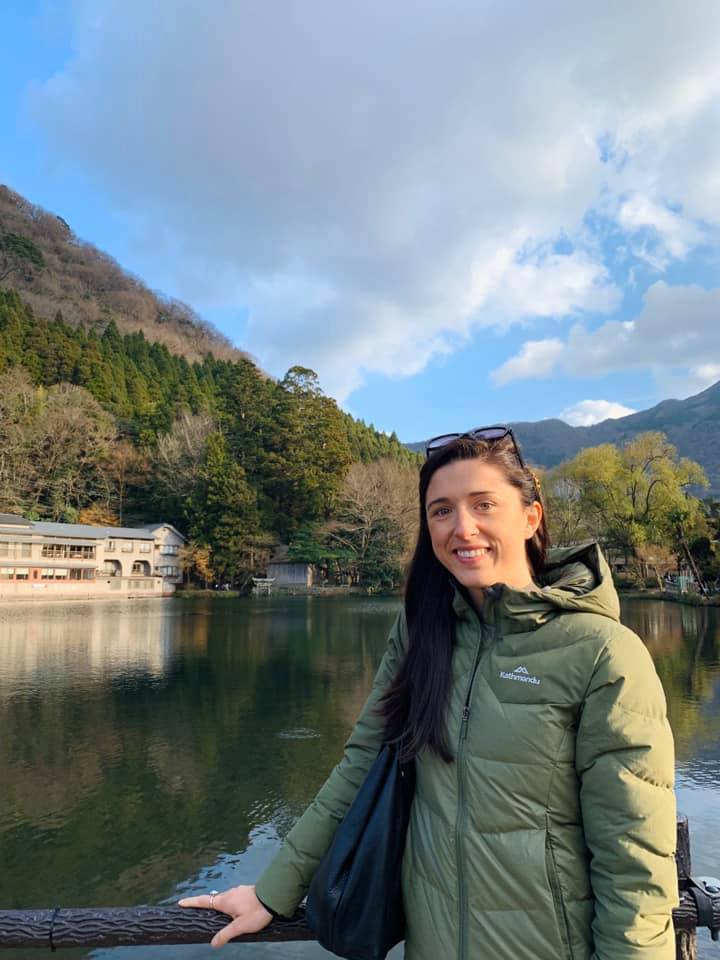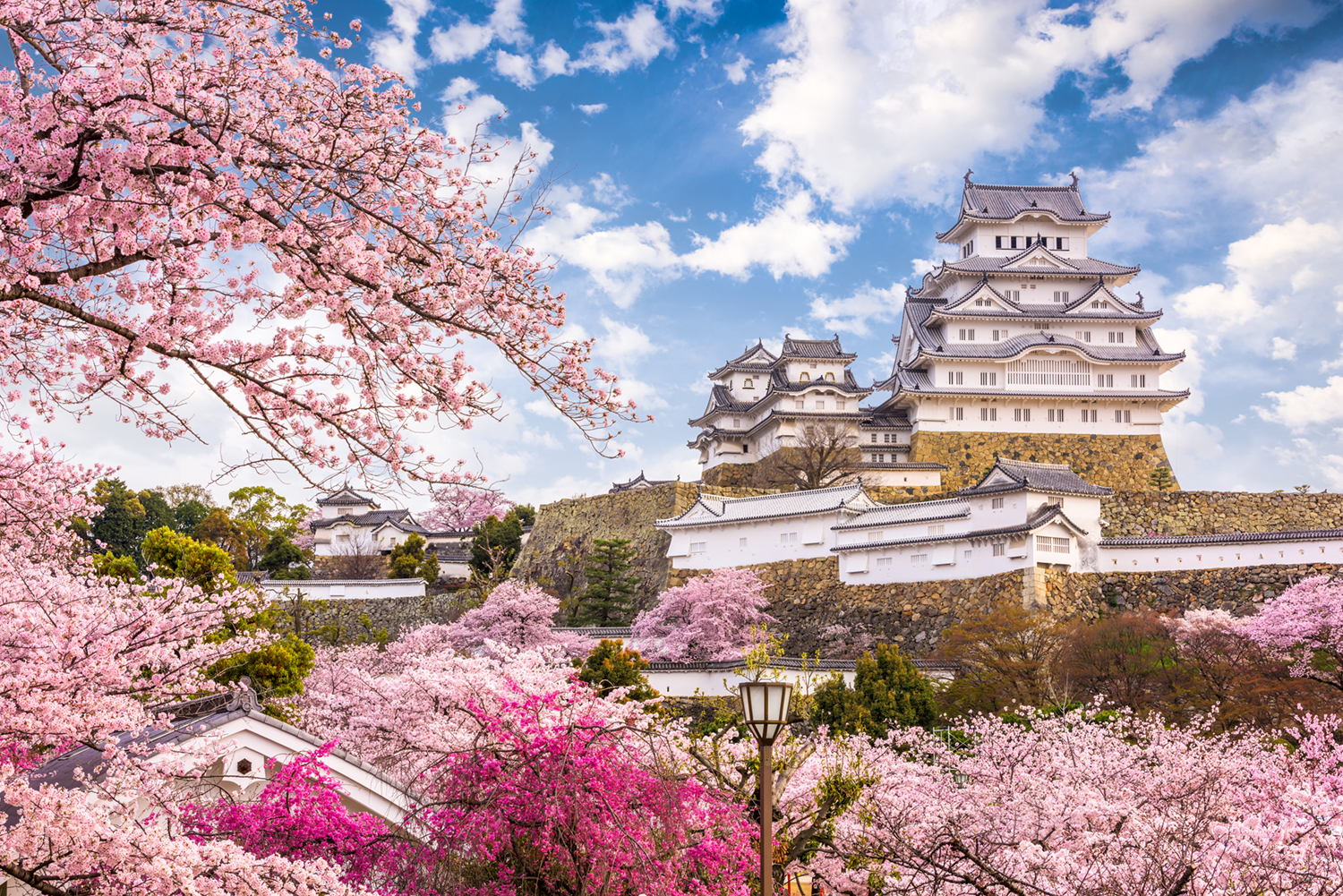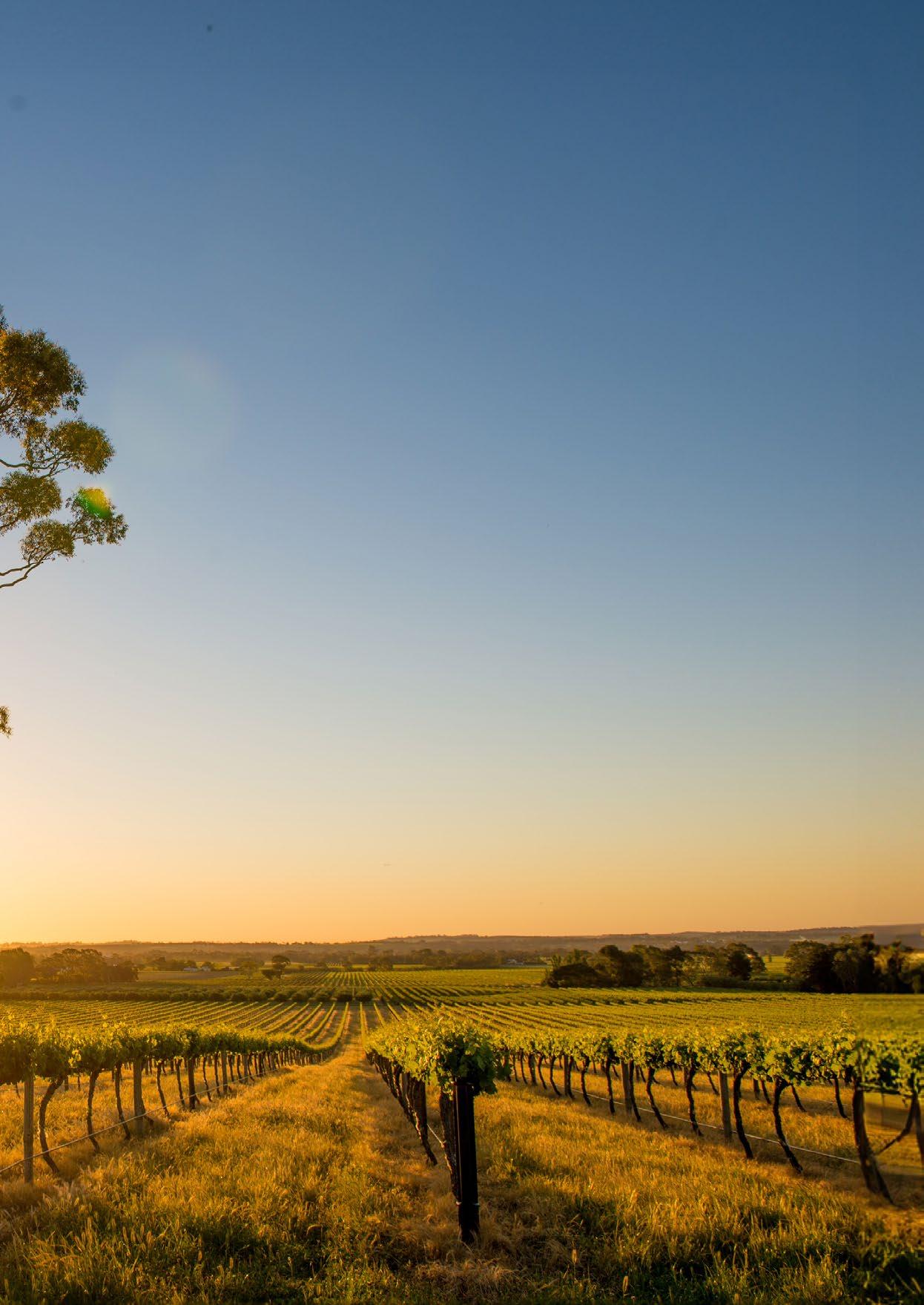
5 minute read
When Should I Visit Japan?
Japan is the perfect year-round season, but when will you visit? Our staff share their favourite season to see Japan
WORDS BY EMMA CALLEY
FUYU (WINTER)
From December to February, fuyu turns much of Japan white. As the temperature drops, so do visitor numbers but for those prepared to brave the cold, winter really is a fantastic time to explore the country. Places like the Kenroku-en Gardens of Kanazawa are at their most breathtaking when covered in snow. Daylight hours are shorter, so it pays to rug up and get started early. If you’re not a morning person, don’t fret – some of the country’s most beautiful winter landscapes are best viewed once the sun has gone down. The UNESCO World Heritage listed village of Shirakawa-go (below) is illuminated every winter evening and seeing hundreds of traditional gasshostyle houses blanketed in snow is truly magical.
WHY VISIT NOW?
“Travelling during a less popular tourist season was a great experience. I journeyed in early December and was fortunate to catch glimpses of the remaining autumn foliage. The weather was nice – calm, sunny and little rain – creating a perfect environment for sightseeing. The tourist attractions were pleasantly uncrowded too, and the weather provided an ideal opportunity to visit onsens and hot springs. I recommend packing clothing that allows for easy layering. Despite it being winter you may still feel a bit warm while walking around. I also suggest discovering a cosy local bar and trying out some Japanese whiskeys, especially delightful on a winter evening!”
– Brianna Drummond, IV Product Quality Manager

HARU (SPRING)

Spring marks the start of cherry blossom season, undoubtedly the most popular time of the year. Between late March and early April, many of the country’s most famous sights like Himeji Castle in Hyogo are covered in delicate sakura (cherry blossom) petals and hanami (flower) viewing parties fill the local parks. In addition to sakura, all kinds of flora thrive in the mild temperatures and sunny spring days including tulips, azaleas and wisteria. The latter is the star of one of Japan’s largest flower matsuri (festival), the Great Wisteria Festival at Ashikaga Flower Park in Tochigi, two hours from Tokyo.
WHY VISIT NOW?
“I caught the tail end of cherry blossom season in mid-April and in the towns and villages in the hills, such as Takayama, the blossoms were still looking beautiful. Travelling after the peak season meant I still got a taste of the blossoms without the crowds. The weather can be a bit mixed at this time, ranging from a mild to warm climate in most places, with the occasional cool day with a little rain so remember to pack a weather-proof jacket. Given that much of the sightseeing is outdoors, spring made for a very pleasant climate to walk around in.”
- Kate Witton, IV Product Executive

NATSU (SUMMER)
Running from June to August, summer tends to kick off with a short rainy period before turning hot and humid. Adventurers rejoice in the Japanese summer as it marks the beginning of the official hiking season of the country’s peaks, including Mount Fuji (above). Mountainous regions tend to enjoy a mild climate during the summer and places like Hokkaido flourish rather than wither. While the big cities can get a little uncomfortable, summer is the best time of year to experience Japan’s vibrant matsuri culture, and most visitors agree that it’s worth enduring the humidity in exchange for the spectacular displays.

WHY VISIT NOW?
“Visiting Japan in summer is breathtaking – there’s nothing better than watching the sunset over beautiful Japanese sights. Summer means longer days, so there’s more time to explore and with so much to do, you're going to want as long as possible! Make sure you stay hydrated – Japan has vending machines everywhere, even in secluded areas, so you'll have no trouble finding a drink.”
- Jordan Khoo, IV Marketing Coordinator

AKI (AUTUMN)
The autumn months of September to November attract visitors to Japan for koyo, when leaves turn to vibrant shades of crimson and yellow. Cities like Kyoto and Hakone undergo the biggest transformation due to the thousands of maple and ginkgo trees found here. Japanese gardens such as Shukkeien in Hiroshima or Kenroku-en in Kanazawa (below), are picture-perfect in autumn and are well worth braving the crowds to see. The mild to cool climate of a Japanese autumn means sweet potato, mushrooms and chestnuts thrive and are widely available everywhere.

WHY VISIT NOW?
“I loved visiting Japan in autumn and would recommend it for its breathtaking vibrant foliage, and serene temple gardens. The pleasant weather is ideal for exploring and the crowds aren't too busy. Be sure to pack a very comfortable pair of walking shoes. With the weather this nice you’ll be doing a lot of extra walking and exploring! I also suggest wearing light clothing with layers, as the weather can be unpredictable, especially in the early mornings and late evenings. Being prepared will ensure you are comfortable throughout your journey in Japan.”
- Najah Imad, IV Sales Specialist











